You might be wondering: What is the meaning of: GM, Airdrop, NGMI and LFG? If you have spent a considerable amount of time in the Web3 and NFT space, you are very likely to have come across this terminology. But seriously, what do these NFT terms even mean? If you are planning to enter the vast Web3 world, knowing the popular NFT terminology is a must. For a newbie, it may sound alien or overwhelming without an NFT guide to words and terminology.
But rest assured—with our NFT dictionary, we have made things much easier for you. In this guide, we have curated a list of the most common NFT terms and slang you must know in 2022.
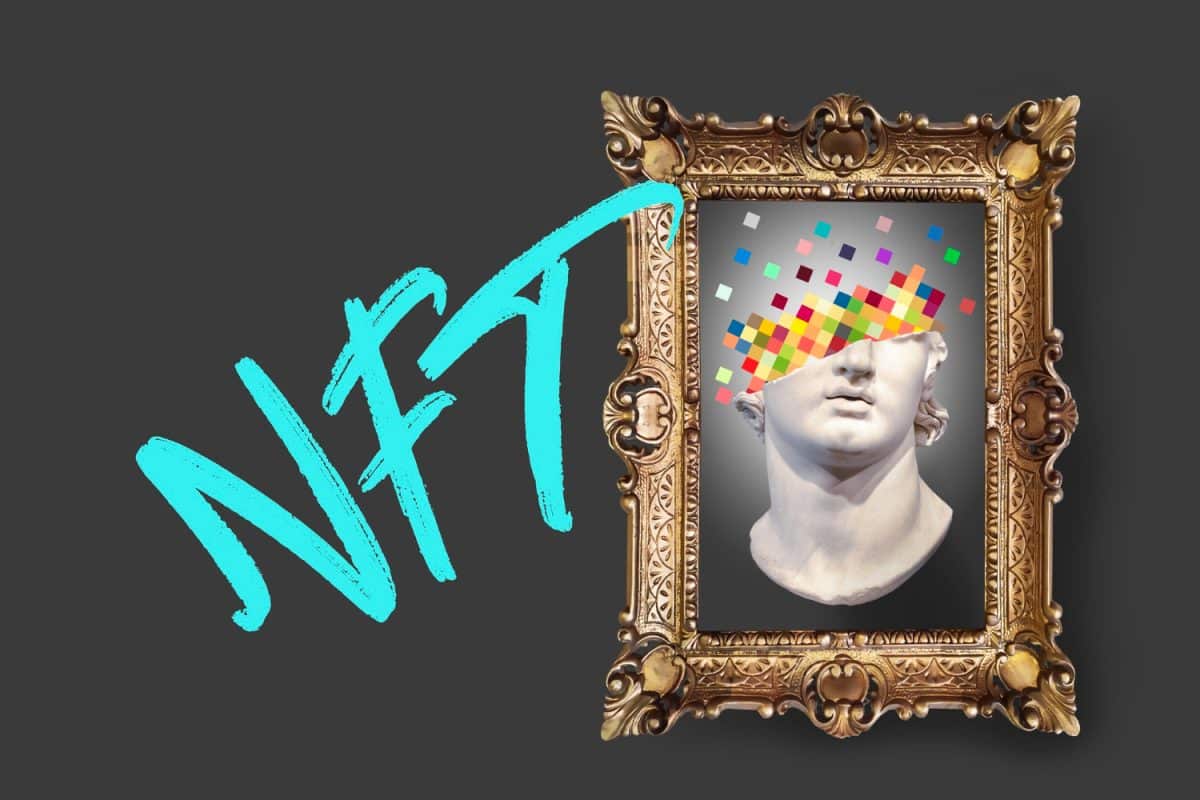
The Ultimate Guide to NFT Terminology
Here’s the ultimate NFT glossary to help you on your NFT journey:
What is an NFT and where did NFT terminology originate?
In its simplest sense, ‘Non-Fungible Token’ or an NFT, is a blockchain-based digital certificate that links to a digital or physical asset. Essentially, they function as proof of ownership and authenticity. What makes NFTs truly attractive is their versatility—anything from music and art to real estate, tickets, videos, and games can be NFTs.
Naturally, as the NFT space is dominated by crypto users, NFT terms and slangs draw heavily from the crypto culture. Therefore, it isn’t uncommon to find the same terms used in both the NFT and crypto space. Conversely, some words are connected to those commonly used in the traditional trading sector and may have slightly different meanings.
Most important and serious NFT terms to know
First, let’s learn the essential NFT terminology formally used across the industry.
Airdrop
Airdrop refers to sending NFTs or tokens to users’ wallets, usually for free. Typically, projects airdrop NFTs to promote their collection or to reward someone for their loyalty, participating in competitions, and so on.
Avatars
A digital representation of you! Therefore, Avatars can be 2d images that represent you online, or they can be 3d hyper-realistic beings ready for the metaverse. Avatars are human personification in the digital world.
Blockchain
A blockchain is a distributed ledger (or database) that can securely store information digitally. Notably, blockchains store data across distributed devices (nodes) of a worldwide computer network. In other words, a decentralized server stores and manages the information, instead of a single centralized server. The technology facilitates an immutable and transparent record of information, which is always accessible to the public. For this reason, blockchains are popular for their use in cryptocurrency and NFT systems.
Crypto wallets
Wallets or crypto wallets are where you store, transfer, and manage your crypto assets, including cryptocurrencies and NFTs. These can be software (or hot) wallets that store the assets online. Alternatively, there are hardware ( or cold) wallets, like Ledger, that stores the tokens offline, making them a more secure option. Our guide on the best crypto wallets for NFTs offers a great crash course on crypto wallets.
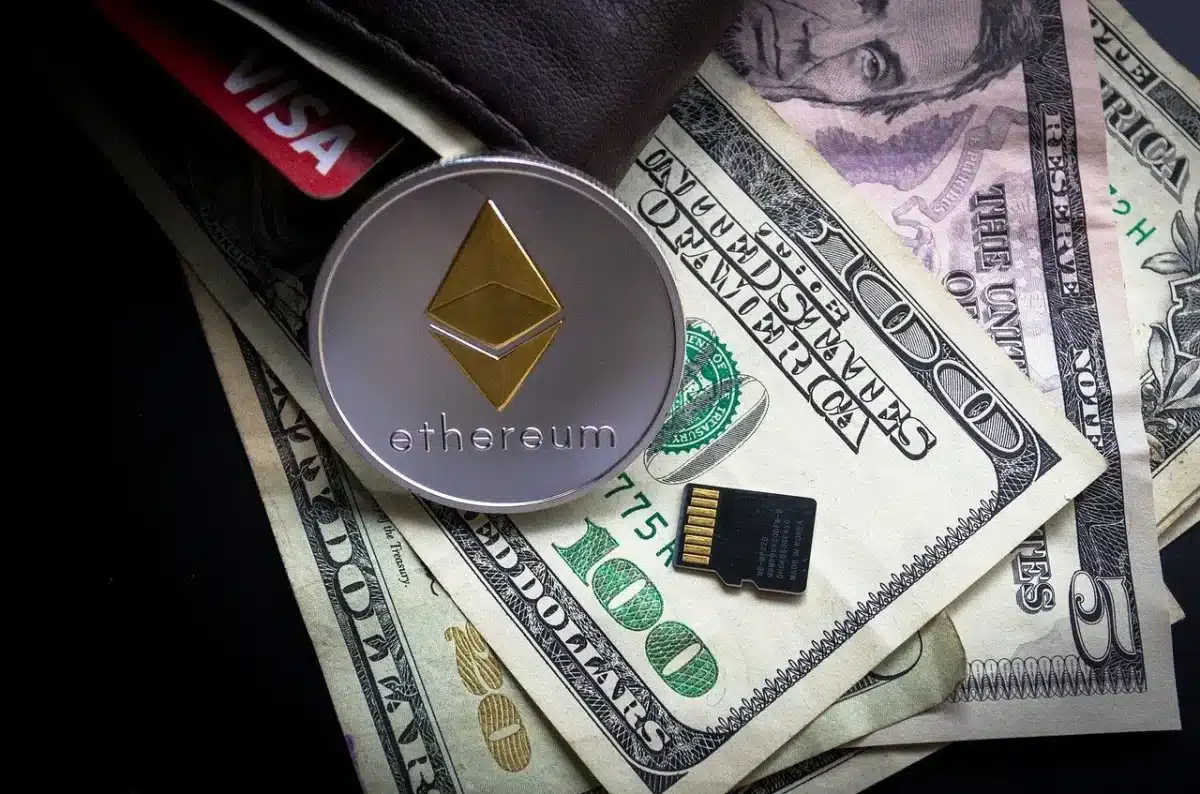
DAO
DAOs or Decentralized Autonomous Organizations are organizations run on the blockchain by a group of people without any company hierarchy. These are governed by smart contracts that lay out the rules and regulations and take important decisions based on member votes. In other words, unlike a typical company, DAOs function autonomously and without any leadership.
dApps
dApps, short for Decentralized Applications, are any application built and run on decentralized networks such as Ethereum or Solana blockchain. They are powered by smart contracts (we’ll come to that in a bit) and are known for offering privacy and scalability.
Dutch Auction
A dutch auction is where the price starts high, and gradually decreases over time. Many Marketplaces use these types of auctions for NFTs.
Gas fees
Gas fees, or transaction fees, is the amount users have to pay to make transactions on the blockchain. The fees go to the blockchain miners who validate transactions on the blockchain. The gas fees vary significantly based on a number of parameters, including network activity.
Gas Wars
NFT gas wars occur during a project launch or high-value sales when a large number of people compete to get their hands on a specific NFT. Essentially, the demand causes Ethereum transaction prices to spike due to network congestion.
Generative Art
With some NFTs, the art is completely determined by on chain elements; such as a transaction hash. To explain, each NFT’s traits will differ, just like an ID number or a barcode would differ. Therefore, this results in randomly generated, or generative art NFTs.
Mint
Essentially, minting refers to the process of adding and recording an NFT to the blockchain. Once minted, the NFTs are available to the public for viewing, buying, selling, or trading.
NFT marketplace
In essence, an NFT marketplace is a platform to buy, sell, view, and trade NFTs. The most popular marketplaces are built on the Ethereum and Solana blockchains. This includes OpenSea, LooksRare, Magic Eden, and Solsea.
PFP
A PFP or profile picture NFT is one that is designed to be displayed as a user’s social media profile picture, particularly on Twitter. Some common examples include Bored Ape Yacht Club, CryptoPunks, and Doodles.
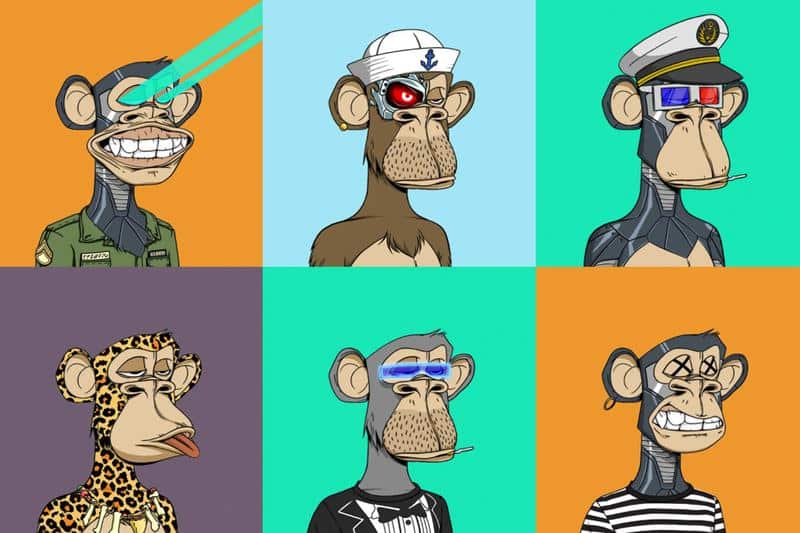
Roadmap
An NFT project roadmap is a document that details a project’s short-term and long-term goals, milestones, and plans. It is an important parameter that helps users make investment decisions. Needless to say, a solid roadmap can make or break a project. However, whether a project actually delivers its roadmap promises, is well, a discussion for another day.
Rug pull
In the simplest terms, a rug pull is a scam where an NFT project’s team disappears with all the money they raised. Often, these projects are so heavily hyped that many unsuspecting investors fall for the scam, only to be left with no NFT and no money.
Smart contracts
Essentially, smart contracts form the backbone of NFTs. These are digital contracts stored as programs on the blockchain. They are designed to automatically execute when certain pre-determined conditions are met. In other words, no third parties are required to carry out transactions between different users. All NFT transactions happen through smart contracts, making the transactions secure and transparent. Besides, these contracts contain all essential details such as ownership, transaction, trading rules, and so on.
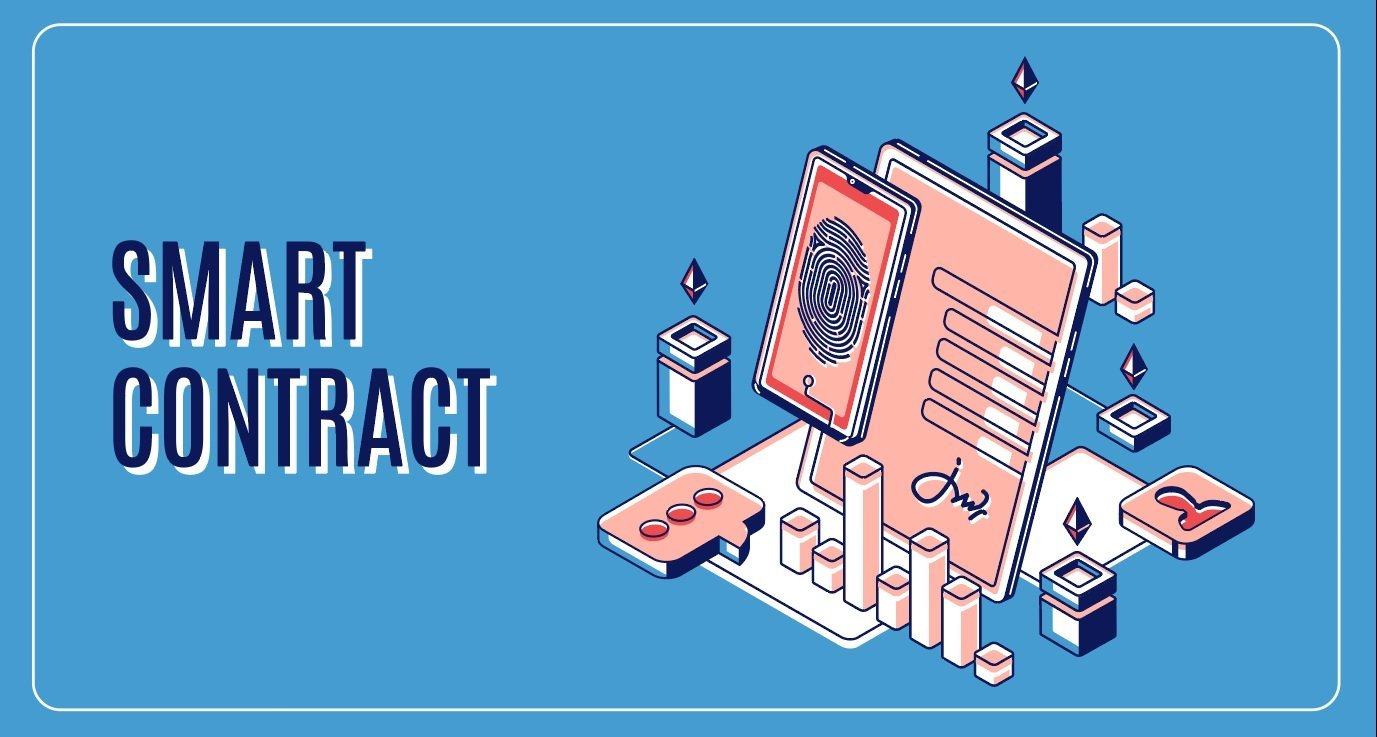
Slow or Soft Rug
A ‘soft rug’ is a slow rug pull. In short, it’s a long-term scam where founders are still partially active in their communities. However, in reality the founders (or sometimes the developers) are siphoning the mint money out of the community gradually without providing any real value.
Wearables
Wearables are NFTs or digital assets for AR or the metaverse. For example, some companies, such as the Fabricant, release clothes for metaverses like Decentraland and the Sandbox. These items are transferable and tradeable. Others release clothes compatible with zoom and hangouts, these are also wearables, though not tradeable.
Whitelist
The NFT whitelist (or allowlist) is an exclusive list of users who get early access to mint one or more NFTs from a project during a specific period of time.
1/1
A one-of-one (1/1 or 1:1) NFT is a unique, single edition NFT—meaning, it will not be recreated again. Naturally, their rarity makes them extremely valuable. For example, NFT artist Beeple’s iconic Everydays NFT art fetched $69 million at the time.
Now, let’s look at popular NFT slang and memes
In a nutshell, NFT slang is the commonly-used NFT terminology among crypto and NFT community members, especially on Twitter. Mostly, these are unofficial terms invented within the communities. If you want to fit in on NFT twitter, you might want to study the following NFT jargon.
Bozo
A bozo means what a bozo has always meant. But those deep in the NFT scene are throwing it out left right and center. Guy gets scammed? He’s a bozo. Chooses the wrong project? Yeah he’s a bozo too. Do you have a ledger yet? Well you might be a bozo too.
Clean
You may be thinking, “clean? Am I lost?”. But in fact, a clean NFT is one with minimal or extremely complimentary traits.
Degen
Degens are the collective noun for a certain group of NFT traders. Often self proclaimed, a degen will ape into a project with little to no research and can’t help but give in to the FOMO.
DYOR
DYOR or “do your own research” is exactly what it means. You don’t want to rush into investing in a project simply because an NFT influencer hyped it. Or make any hasty decisions due to FOMO (fear of missing out). So, always remember the golden rule—DYOR!
Fren
By now, you have probably guessed the immense camaraderie that runs between NFT community members. Here, we’re all “Frens”—a misspelling for ‘friend’.
FOMO
An acronym for ‘Fear of missing out’. While this is not a crypto-native term entirely, it’s a feeling most NFT traders are familiar with.
FUD
FUD is an acronym for ‘fear, uncertainty, and doubt’. Usually, it’s used when a person or project spreads rumours or negative news, driving people to sell their NFTs.
GM/GN
Put simply, GM and GN stand for good morning and good night, respectively. Essentially, the terms are used to greet fellow NFT community members and are often a symbol of the members’ comradery. For example, “GM. Let’s have a great start to the week!”
GMI/WAGMI
Short for “We’re all going to make it”, WAGMI is commonly used by NFT investors to show their optimism for the NFTs they are holding. You can usually see community members screaming “WAGMI/WGMI” in response to some major good news.
HODL
While HODL is effectively short for ‘Hold On for Dear Life’. In NFT terms, members use it more as a misspelling of ‘hold’. However, Crypto veterans originally used it to convey they are holding on to their assets no matter what. Now, it’s a favourite among NFT users as well!
LFG
In NFT terminology, LFG stands for Let’s F****g Go. Community members use the term to express their excitement about something or hype up a person/project.
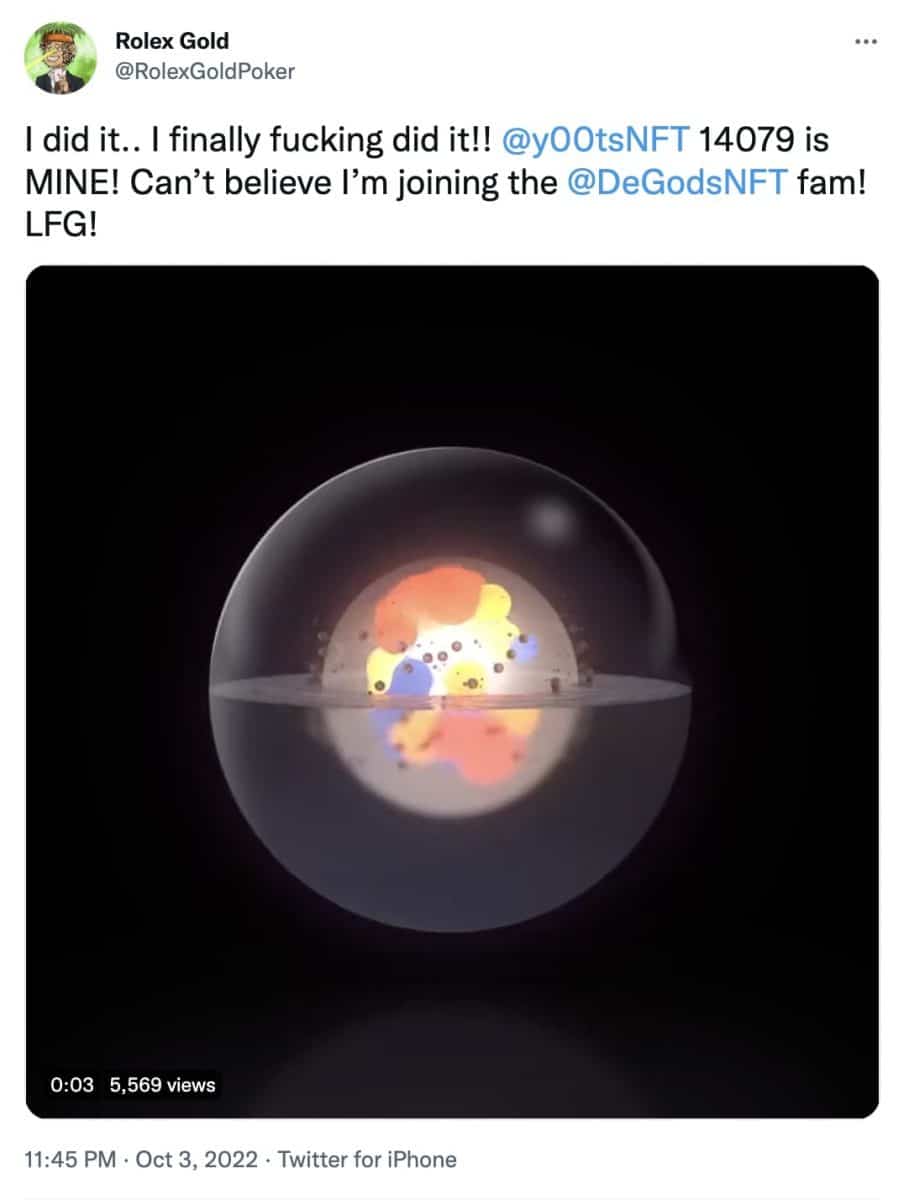
NGMI
NGMI or “Not gonna make it” means pretty much the opposite of WAGMI. To explain, it is used to refer to people or NFT projects that are unlikely to succeed in the long term.
Probably Nothing
Usually something. This is the go-to way to hype people up without saying anything…and then after all it really could be nothing. In 2022, it’s a little overused but you might see some crypto OGs still using it.
Reply Guy
A reply guy is someone who merely replies to tweets on NFT twitter. Often reply guys represent the backbone of the NFT industry. What would we do without reply guys??
Ser
A misspelling, and to some regard, an attempt to make the word “sir” more cute. However, watch out! Degens often use this one poking fun out of authority figures rather than respecting them these days.
Whale
A “whale” is someone with a lot of money, who has already invested in (or can invest in) high-value NFT projects. Therefore, their enormous capital has the potential to drastically affect the market—positively or negatively.
WLTC
Simply, this one is “We like the cats”. This was a big battle cry for Cool Cats lovers circa 2021, but we don’t see it too much anymore. So, maybe you can leave this one off the list of NFT Terms to make friends with.
NFT terminology: A final word
The NFT space is ever-evolving, and with it, the terms and slang used here. While our list of popular NFT terminology is in no way exhaustive, we’ll keep updating it to ensure you never fall behind. So make sure to save/bookmark this article!
All investment/financial opinions expressed by NFTevening.com are not recommendations.
This article is educational material.
As always, make your own research prior to making any kind of investment.
Read More: nftevening.com




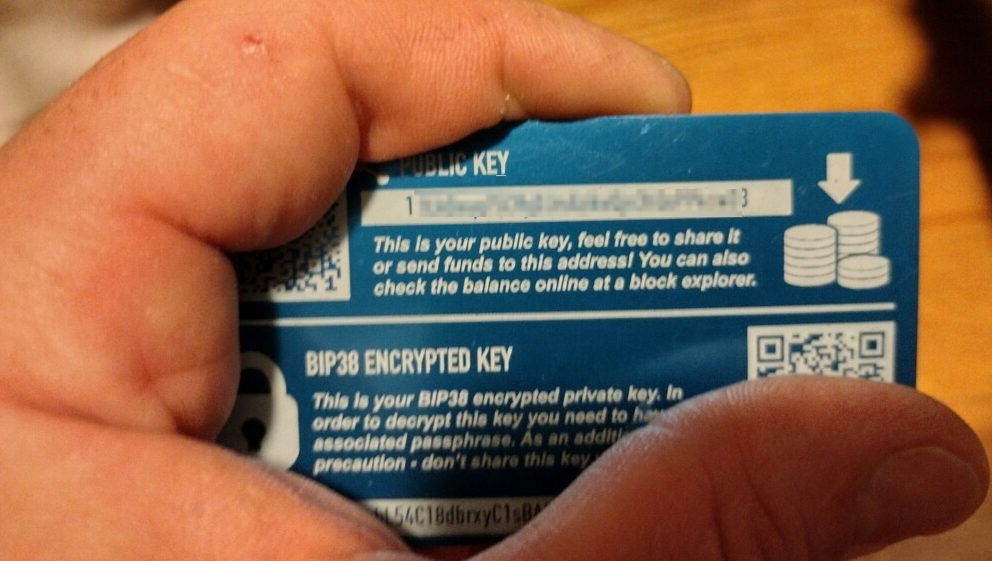



 Bitcoin
Bitcoin  Ethereum
Ethereum  XRP
XRP  Tether
Tether  Solana
Solana  Dogecoin
Dogecoin  USDC
USDC  Cardano
Cardano  Lido Staked Ether
Lido Staked Ether  TRON
TRON  Avalanche
Avalanche  Stellar
Stellar  Sui
Sui  Wrapped stETH
Wrapped stETH  Chainlink
Chainlink  Toncoin
Toncoin  Wrapped Bitcoin
Wrapped Bitcoin  Shiba Inu
Shiba Inu  Hedera
Hedera  Content Bitcoin
Content Bitcoin  Polkadot
Polkadot  WETH
WETH  LEO Token
LEO Token  Bitcoin Cash
Bitcoin Cash  Uniswap
Uniswap  Litecoin
Litecoin  Hyperliquid
Hyperliquid  Bitget Token
Bitget Token  Pepe
Pepe  Wrapped eETH
Wrapped eETH  USDS
USDS  NEAR Protocol
NEAR Protocol  Ethena USDe
Ethena USDe  Aptos
Aptos  Internet Computer
Internet Computer  Aave
Aave  POL (ex-MATIC)
POL (ex-MATIC)  Ethereum Classic
Ethereum Classic  Cronos
Cronos  Monero
Monero  Render
Render  Mantle
Mantle  Virtuals Protocol
Virtuals Protocol  MANTRA
MANTRA  Algorand
Algorand  Bittensor
Bittensor  Dai
Dai